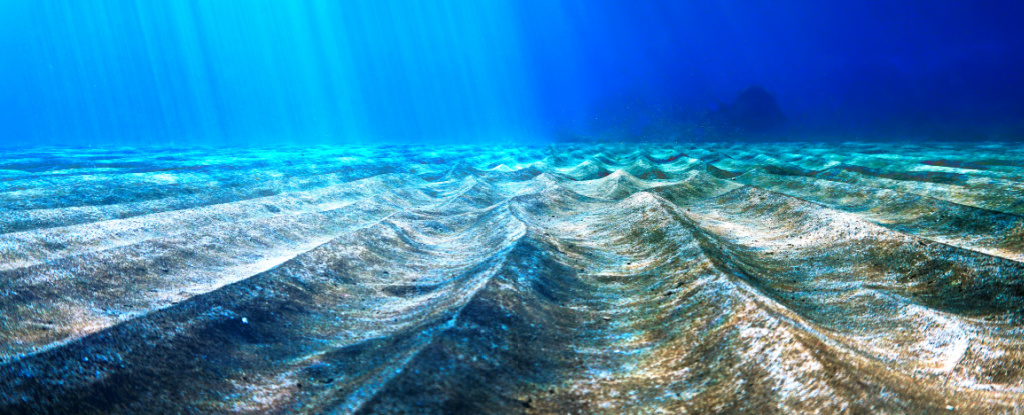It’s long been thought that a monumental surge in oxygen fuelled the Cambrian explosion some 540 million years ago, breathing life into Earth’s biosphere to generate a rich array of stunningly complex animal species.
Whether oxygen truly played such a critical role is hotly debated though, with other factors potentially igniting Earth’s greatest evolutionary burst – from the near-collapse of Earth’s magnetic field to the erosion of Gondwanian ‘supermountains’, asteroid dust and even marine worms.
Now, new research scouring the globe for geological data suggests oxygen didn’t flood the atmosphere and oceans a little over half a billion years ago, so much slowly dissolve into shallow basins and oceanic shelves.
That doesn’t mean oxygen played no role in kickstarting the burst of biodiversification that gave rise to all the weird, wacky and wild creatures we see today.
“Cambrian animals likely did not require as much oxygen as scientists used to believe,” says Erik Sperling, a geobiologist at Stanford University and senior author of the new study.
“We found minor increases in oxygenation” – in sedimentary rocks formed on the bottom of ancient oceans – “that are at the correct magnitude to drive big changes in ecology.”
Without enough oxygen, single-celled organisms and other small creatures eking out an existence before the Cambrian explosion wouldn’t have been able to grow much bigger and expand their body plans, scientists have reasoned.
But scattered and sometimes conflicting evidence from different geological sites around the world has led some to question how much oxygen was really needed, and when oxygen levels in many habitats tipped over the critical threshold presumably holding life back.
The team behind this new work reckons they’ve reconciled some of those incongruencies with their statistical analyses of trace metals preserved in sedimentary rocks helping to reconstruct long-term trends in global ocean oxygen levels and marine life over the last 700 million years of Earth’s history.
Their analysis of two trace metals, molybdenum and uranium, both indicators of global ocean oxygen levels, along with biogeochemical models of oxygen flows between the oceans and atmosphere, suggest that oxygen levels in the deep ocean didn’t reach modern levels until 140 million years after the Cambrian explosion, in the Devonian period.
“From a global perspective, we didn’t see the full oxygenation of the oceans to near modern levels until about 400 million years ago, around the time that we see the appearance of large forests on land,” explains Richard Stockey, a palaeobiologist at the University of Southampton, who led the study.
However, oxygen levels in shallow waters stirred up by winds and waves may have increased enough to support the emergence of all sorts of marine life.
“It’s not a huge increase in oxygen,” Sperling notes, “but it might be enough to cross critical ecological thresholds, based on what we see in modern areas with naturally low oxygen.”
The team’s findings expand on the results of a 2017 study, which found shallow seas became oxygenated first, but atmospheric oxygen didn’t reach modern levels until some 50-100 million years after the Cambrian explosion, during the Ordovician period that followed.
However, other recent research has found that oxygen levels started rising in early Ediacaran period some 640–600 million years ago, in the first of three successive oxygen pulses that coincided with important evolutionary leaps in the lead-up to the Cambrian explosion.
Meanwhile, other researchers contest that oxygen levels throughout deep time have been extremely variable so it’s hard to say what effect they had on blossoming biodiversity.
The study has been published in Nature Geoscience.











/https://tf-cmsv2-smithsonianmag-media.s3.amazonaws.com/filer_public/34/31/3431771d-41e2-4f97-aed2-c5f1df5295da/gettyimages-1441066266_web.jpg)







Discussion about this post